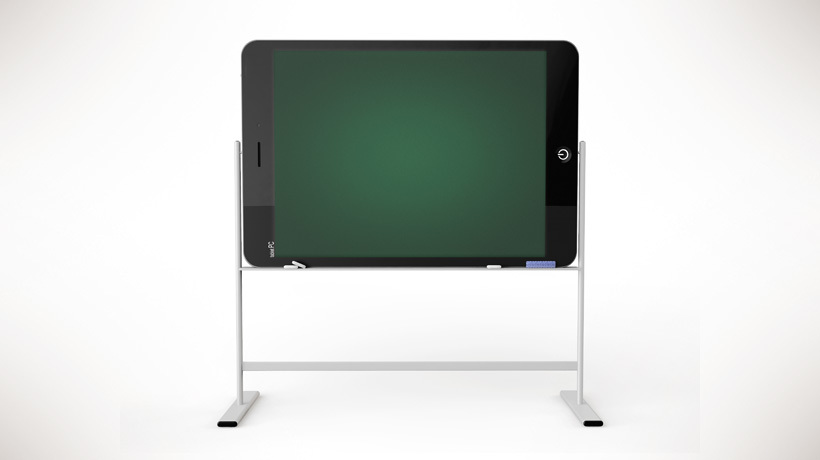How to create a Blended eLearning Strategy
Blended learning offers the best of both worlds. Not only do you benefit from the implementation of a synchronous learning strategy, but also you have the chance to benefit from “go at your own pace” techniques that are part of an asynchronous learning strategy. So, the question is this: how do I develop engaging blended learning courses or modules that successfully merge these two approaches? How do I create blended learning environments that are informative, interactive, and immersive, without sacrificing flexibility?
- Clearly identify the blended learning course’s objectives.
As is the case with any learning strategy, you'll want to define your blended learning course’s objectives and goals before you even begin to create the content. You should ask yourself: What skills should the learners develop during the blended learning course? What information must be included in the blended learning course’s syllabus? What learning tools and instructional design models or theories should be used in order to deliver this information? If you have identified the blended learning course’s objectives beforehand, then you will be able to use them as a guide to move forward. Your objectives will become your road map since they give you the opportunity to see where your blended learning course is headed and what points you need to cover along the way. - Create a blended learning course outline and syllabus to keep your learners motivated and on-track.
A blended learning course outline and syllabus offers benefits for everyone involved. The learner can use the outline to stay on track during the blended learning course, while the facilitator and the blended learning course developer can rely upon the outline to ensure the blended learning course is progressing at the desired pace. When creating your syllabus and outline, be sure to include key pieces of information, such as the learning objectives, the required papers/tests/presentations that need to be submitted, and the deadlines that learners must meet. Also, specify what will be expected of the learner in terms of participation and attendance, how the content will be delivered (highlighting the primary instructional methods and tools), as well as any materials that will be required. - Determine the blended learning course's level of interactivity.
The wonderful thing about implementing a blended learning strategy is that you can determine exactly how interactive your blended learning courses, and the overall eLearning experience will be. How much of your learning will take place via live online training and how much will be based upon self-paced learning activities? You will want to determine this aspect of your blended learning strategy in advance, as it will dictate your blended learning course plan. Opting for a blended learning strategy gives you the opportunity to choose among a plethora of online learning tools and delivery methods. In fact, there are so many choices that it could be challenging to decide which tools/methods are ideally suited for a particular module or topic. Ideally, you should assess each module or topic to determine how to present the content more effectively and whether the core ideas can be explored better through synchronous or asynchronous communication and activities. - Integrate group collaboration activities.
Group collaboration is an extremely important component of a blended learning strategy. Learners gain the ability to share their knowledge with others, and to benefit from the skill sets of their peers. In fact, you can utilize a number of different online tools and applications when creating your blended learning strategy. For instance, you can ask the group to log on to a chat room, where they will discuss a particular problem or question that you pose, or they can share their opinions and thoughts via a social media platform. If you are looking for tips on how to create an effective social learning strategy I highly suggest you to read the 8 Top Tips to Create an Effective Social Learning Strategy article. - Develop communication and feedback guidelines.
Ensure that the learners know how they can communicate with the facilitator or instructor if they have a question or concern, and when they can expect to receive a reply (i.e. by email, and the instructor will contact them within 24 or 48 hours). This will allow them to feel as though they have a solid support system in place, without tying the instructor to the virtual classroom round-the-clock. Also, determine how you will you gather feedback from your learners. For instance, will you be offering surveys at the end of each blended learning course, or will you be periodically conducting a live chat where they can voice their opinions and share their input? You may also find valuable the 9 Tips To Give and Receive eLearning Feedback article. - Compile a list of resources and references.
Thanks to the fact that a good portion, if not all, of your blended learning strategy is online, you have the ability to offer invaluable resources and references to your learners. For example, you may include links to reference sites and articles that enable your learners to further delve into the topic and learn even more. For example, you can include a list of relevant articles that ties your blended learning course plan into news stories that allow the learners to relate to the subject matter. Compiling this list also gives them the opportunity to access a wealth of information quickly and conveniently, without having to make their own research in the web for informative resources and reference tools.Boost your Blended Learning Strategy with the best LMSFind, choose and compare the top Learning Management Systems with Blended Learning Support! - Create an effective assessment plan.
No blended learning strategy is complete without an assessment plan in place. How will you check the progress of your learners? Will you ask them to complete a quiz at the end of each module? Will you have them summarize the content after they have completed a self-study course, or engage in a lively discussion with their peers via online forums? Assessments can also give learners the chance to pinpoint personal areas of improvement and to utilize the knowledge and skills they have learned to boost retention. You may also want to provide a module recap at the end of each section, to draw their attention to the essential bits of information.
Creating your blended learning strategy may be a complex procedure. Still, if you are well organized all around and let yourself be creative you will develop an effective blended learning strategy.
Originally published on August 6, 2014








